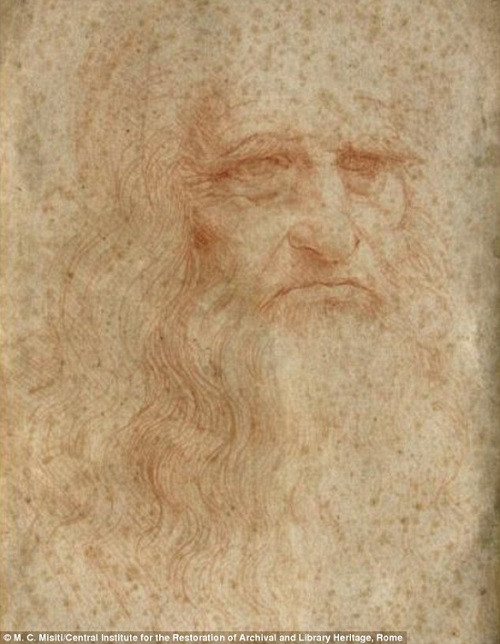JU scientist helps to save Leonardo da Vinci's drawing
Scientists from Poland and Italy are working to develop a novel method of preventing historic manuscripts from degradation. Their research has been focused on a famous drawing by Leonardo da Vinci from the early 16th century, which is most probably the artist's self portrait. Currently, the work is in bad condition as through the centuries the red chalk drawing has been exposed to humidity, which has led to its yellowing and gradual discoloration. It is now in danger of complete vanishing. Thanks to the groundbreaking technique developed by the researchers, there is a chance to stop, or even partially reverse this process. In order to achieve this, the Italian research team, consisting mostly of physicists, is collaborating with Dr hab. Joanna Łojewska of the JU Faculty of Chemistry, who is an expert on issues related to paper degradation.
As a result of the conducted studies, the scientists have worked out a method for diagnosing degradation of paper and other cellulose-based materials. It relies on the identification and quantifying of the concentration of light-absorbing molecules known as chromophores, which are responsible for paper yellowing and the deformation of the cellulose chain. In near future, the method can form the basis for creating effective conservation methods, thanks to which numerous works of art could be saved from destruction. A preliminary conception on how to save Leonardo da Vinci's drawing has already been devised.
"The classic chemical methods are, most probably, out of question. It seems a good idea to use low-temperature plasma, but still a lot of effort needs to be put into making this method an effective way of saving works of art. Currently it is still being tested, as we are not entirely sure what will be perfectly safe for such a vulnerable material" – explains Dr hab Łojewska.


